Foreigners can visit or live long-term in Japan and never get over their fascination with failed translation and blatant abuse of English, especially if English is their mother tongue. This phenomenon of Japanese to English mistranslation is commonly referred to as “Engrish.”
Japanese to English mistranslation (Engrish), derives from how Japanese commonly confuse “r” and “l.” It’s not exclusive to Japan; it’s epidemic in China (Chingrish) and South Korea, too. Each has undertones of the home culture and character. Japan’s, accordingly, is typically polite and a little quirky.
Related Post: Check Out These 7 Hilarious Translation Fails
Most commonly, Japanese to English mistranslation results from trust in what machine translation algorithms churn out. Japanese is structurally distinct from English, has far fewer words, and lacks a definite future tense.
Listeners must wait out lengthy sentences because the verb often doesn’t come until the end. Or sometimes a sentence is a collection of vague words that assumes the reader or listener can “read the air” and infer the meaning.
Engrish as a term is laced with condescension, but typically no enmity is intended. Japanese to English mistranslation may be poetic, nonsensical, accidentally lewd, pretty darn offensive, and most always comical.
So let’s take a light-hearted and nonjudgmental look at five puzzling and quite charming trends in Japanese to English mistranslation and abuses in Japan.
1. Informational Signage
The 2020 Tokyo Olympics aren’t far off and foreign tourism is trending sharply upward as the yen has fallen and Japan is seen as a safe and finally somewhat affordable destination.
Japan is racing to give guidance, lest anyone be inconvenienced. However, Japanese to English mistranslation can be found all over the country, as foreigners are venturing deeper into the country than ever.
This Internet and manga cafe wants to say “Separate floors for smokers” and goes on to say you can choose where you’d like to sit.
This lacks a little context for a proper translation, but let’s assume it’s a store. A proper translation would be along the lines of “Restroom only for customers”. The personalization and imagery of this Japanese to English mistranslation makes it rather delightful.
This may have been an ambitious individual’s helpful attempt, or another auto-translation, but the word order makes it a somewhat shocking image! Better: “Danger: Not for Consumption by Children or Older People” (“elderly” is ageist to some).
By the way, they’re selling little fruit jelly shots, and each year a few old people and children do in fact choke on them.
Related Post: 10 Tips For Doing Business in Tokyo
2. Japanese to English Mistranslation in Store and Product Names
Plenty of Japanese stores and products have typically Japanese names, such as Ichiran (“one orchid” – a ramen chain), Genki Sushi (roughly, “happy sushi” – a sushi chain), and Kikkoman (roughly “tortoise and good fortune,” referencing Japanese folklore – soy sauce).
Yet many more businesses seek the cosmopolitan flair of English. This tradition dates way back in Japan, and to this day it has not been mastered.
Some internationally famous, and puzzling, Japanese brand names are Pocari Sweat (beverage), A Bathing Ape (BAPE: street fashion), and Collon (biscuits). For fans of those, Japan has a lot more Japanese to English mistranslation in store.
Feel like eating here? “Poo” is something a naughty dog leaves on the sidewalk.
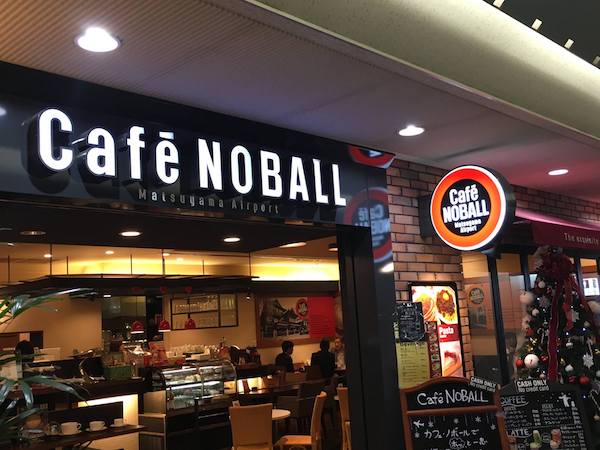
Those with little courage (“no balls” in crude slang) may venture in for a cappuccino.
3. Advertising Seeking to Add a Stylish, Foreign Flavor
Some products and establishments go hog wild with Japanese to English mistranslation, layering it on like wallpaper or spray paint.
In such cases, English is typically seen strictly for its aesthetic value. Westerners are inclined to see Asian logographic characters as exotic, artful, and cool enough to get burned into one’s skin. Across the ocean, our humble 26-letter alphabet is just as ornate to those who don’t care to read it.
This chicken shop in Kyoto appears to be very ambitious.
This brightly colored man seems to want to lead us somewhere special.
Related Post: Language Translation: Gaffes, Bloopers and Mistranslations
4. Romanization: The Soul of Engrish
When Romanizing Japanese, or back-translating English, the results can be helpful, weird, or just wrong. This, too, is an attempt at translating, though in this case, it’s translating English into something a little different. Japanese to English mistranslation at its best.
Mermaid lip gloss is a pretty image, but perhaps some people find mermaids gross (disgusting).
5. Nuance Missed
It’s truly a shame when they got the English basically right, but they didn’t get it. Grade A for effort for these ones. Still, many wonder why they didn’t just grab a passing foreigner or invest a few hundred yen in a proper translation. Instead of getting stuck with Japanese to English mistranslation for good.
“Hot” commonly means “stolen.” They might not want to advertise that.
A “goon” is a thug or gang member, and typically not something associated with a smiling baby.
In Conclusion
Kudos to the companies and individuals who seek out assistance from a translator and/or editor. As for the rest, foreigners’ giggles await.
Some foreigners make attempts to explain the errors to the author, and occasionally they succeed in getting a good response. In most cases though, they shrug off efforts, rebuff them, ang give excuses about shyness and trust.
Despite the availability and fine work of language professionals, these confounding language abuses and Japanese to English mistranslation will no doubt continue in Japan. Therefore, all we can do is have some fun with them!
Author Bio
Adam Goulston is a professional editor living in Fukuoka, Japan. He runs WorldEdits (English) to assist internationally focused companies in making their English business and marketing communications suited to an international audience.

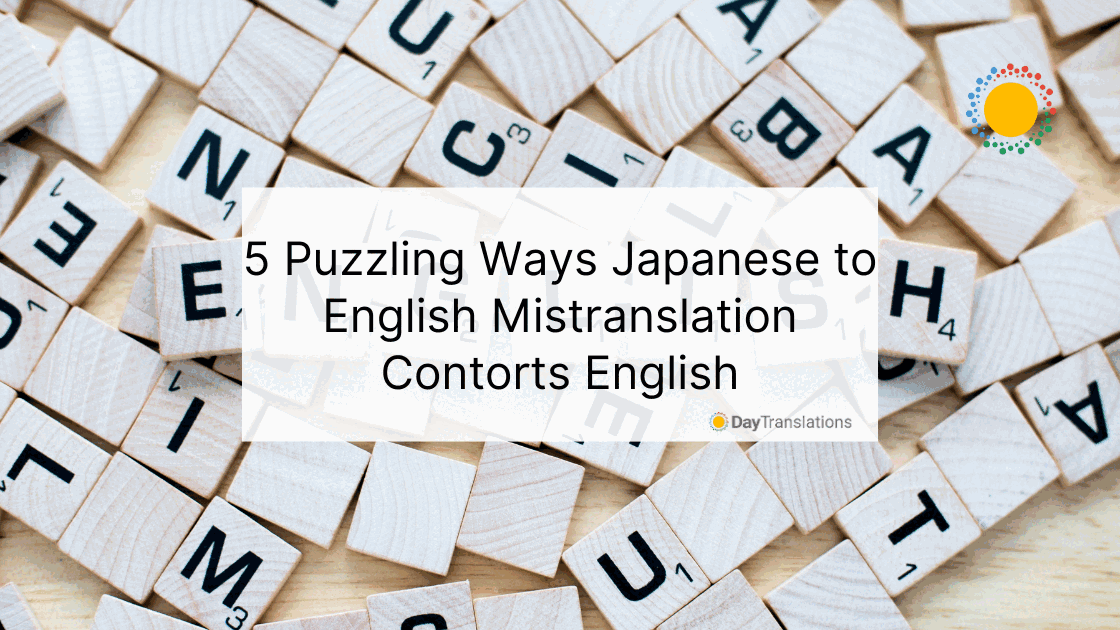
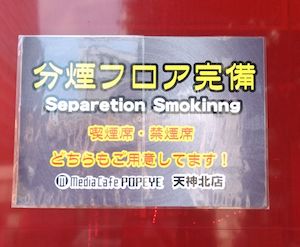
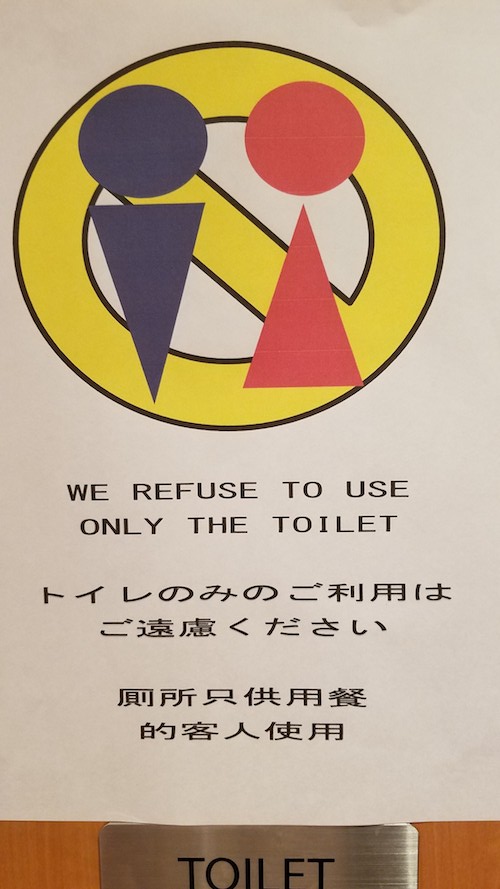
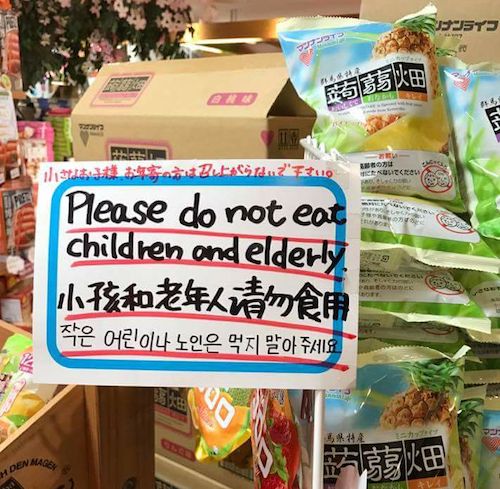
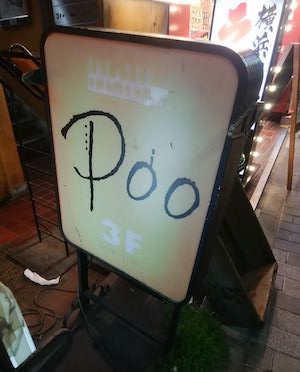
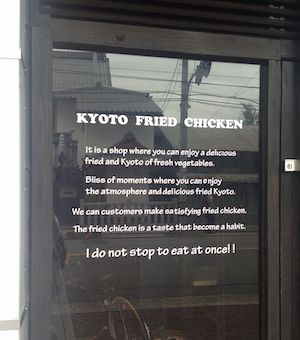
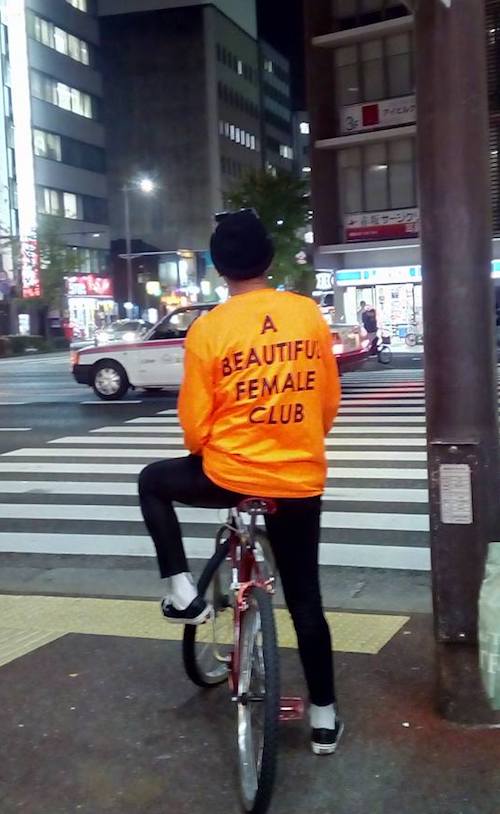
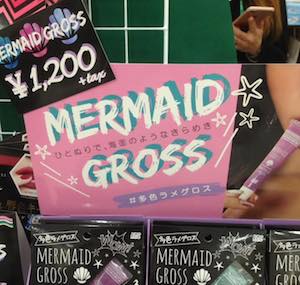

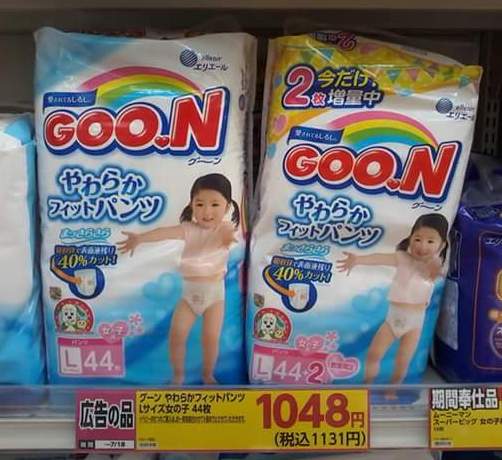
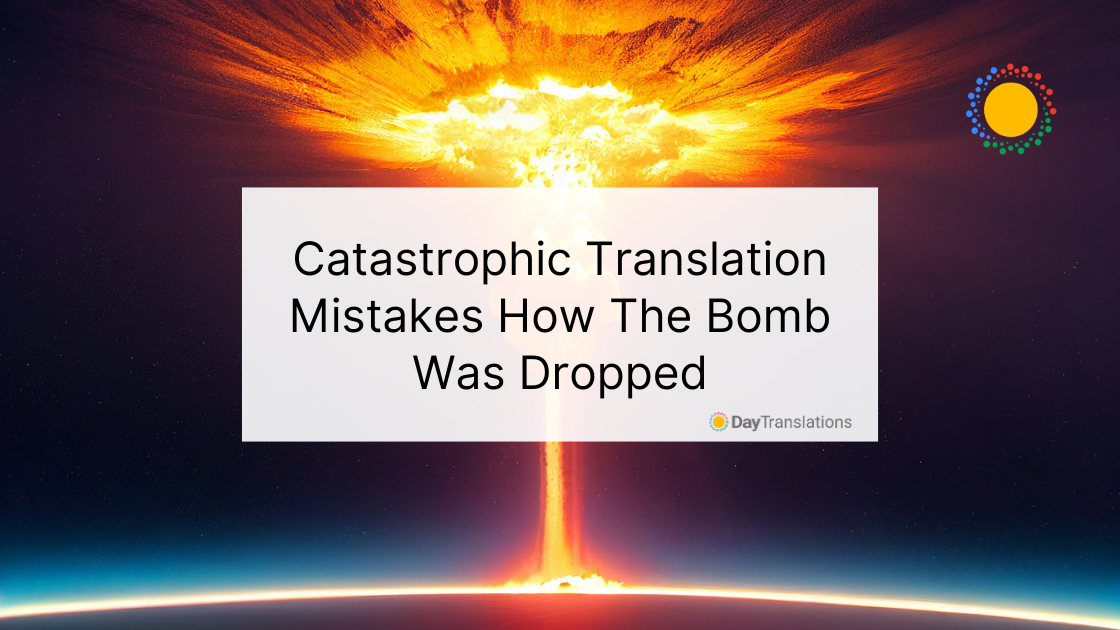











Sorry, the comment form is closed at this time.